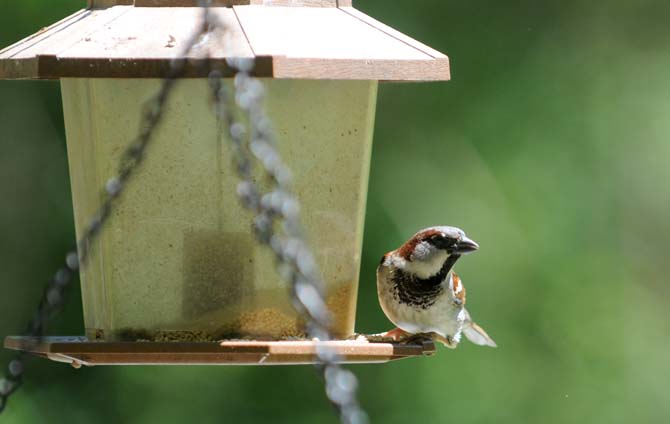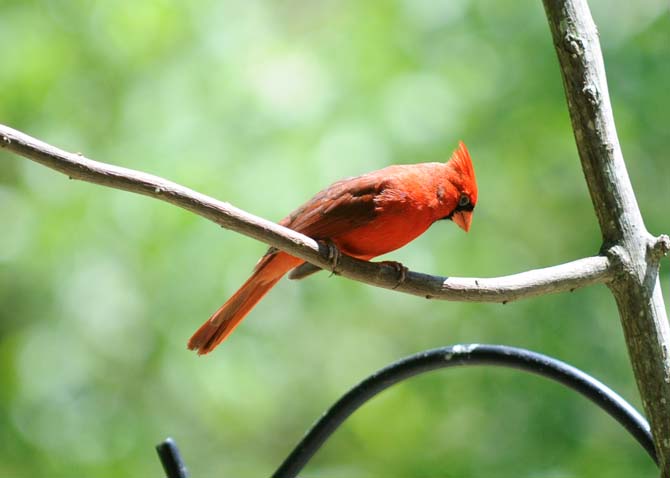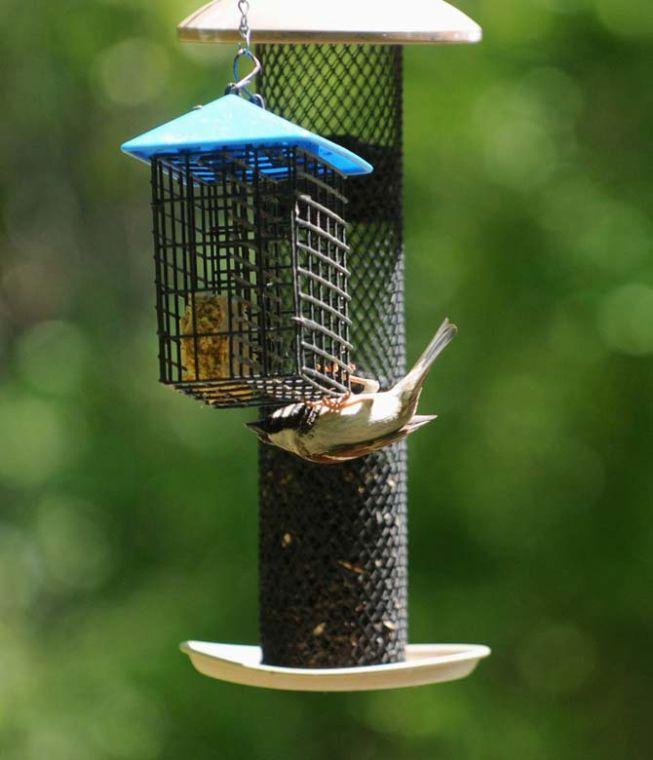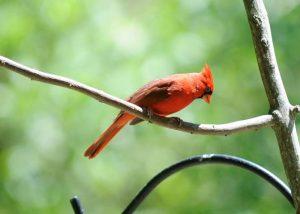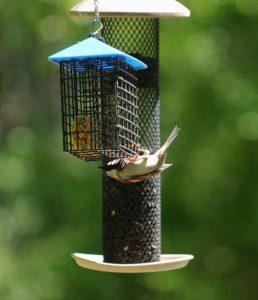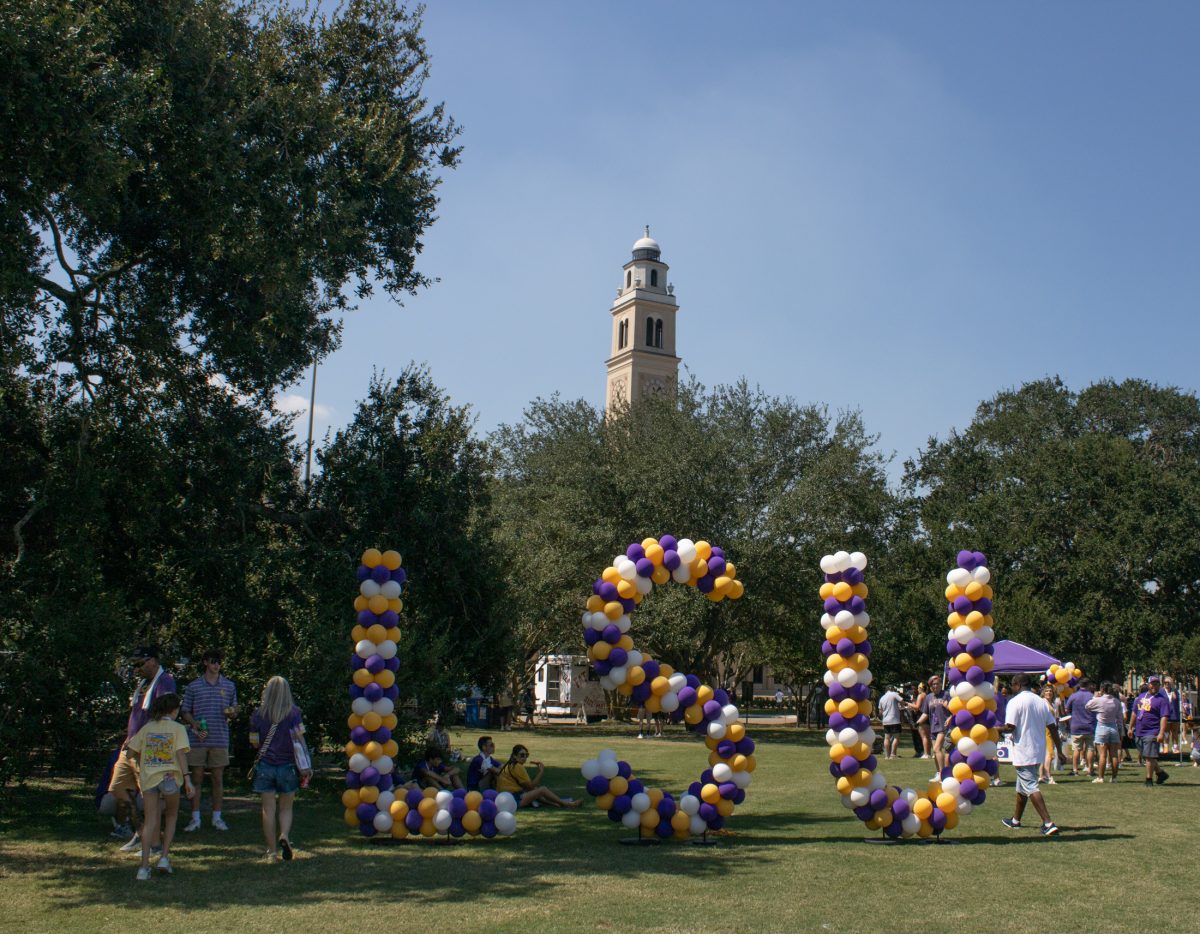The University’s School of Renewable Natural Resources helped develop Louisiana’s first bird observatory with groundbreaking studies in the spring of 2013, and has seen early success since.
The idea for the Louisiana Bird Observatory was first hatched in professor Phil Souffer’s lab when Jared Wolfe, a University graduate student, noticed there was not an observatory program anywhere in the state.
In the spring of 2013, the Louisiana Bird Observatory launched a pilot study that focused on the Prothonotary Warbler, a small songbird, at Bluebonnet Swamp by attaching geolocators to individual birds to learn more about the bird’s migration patterns. The geolocators record light levels, which have been able to provide the location of the birds along their travels.
Wolfe said this is the first time there’s an opportunity to see where these birds go when they leave Louisiana, and the first bird returned this week.
The data from the first bird to return is currently being evaluated, but the initial success has produced region-wide growth, which Stouffer said is surprising.
The success and growth of the Louisiana Bird Observatory program has also been driven by a mercury contamination study, which analyzes blood samples taken from several species of birds throughout the year. The study partners with Oregon State University and the Biodiversity Research Institute to monitor the changes in mercury levels of an individual bird throughout its life cycle and various season changes.
Stouffer said this has been a great success for researchers because observers were only able to see snapshots of mercury levels as a whole before the study, and they can now observe individual mercury levels in the birds.
Wolfe agreed and said the mercury contamination study is a distinctive study because of the amount of mercury accumulation in Louisiana.
The Louisiana Bird Observatory has also experienced success and growth in its outreach projects. Through the partnership with the Parks and Recreation Commission of the Parish of East Baton Rouge (BREC), the program has educated school age children about Louisiana’s bird species and bird conservation projects.
Wolfe said he expects the program to continue its recent success and growth, and he wants the program to make a mark on Louisiana by performing more original studies with continued outreach.
“Our goal is simply to make our mark,” Wolfe said, “by expanding our research and continuing our outreach of helping to teach and inspire a bird-friendly community.”
Louisiana’s First Bird Observatory experiences early success
April 9, 2014
A bird sits on a feeder Wednesday, April 9, 2014 at the BREC Bluebonnet Swamp Nature Center.



